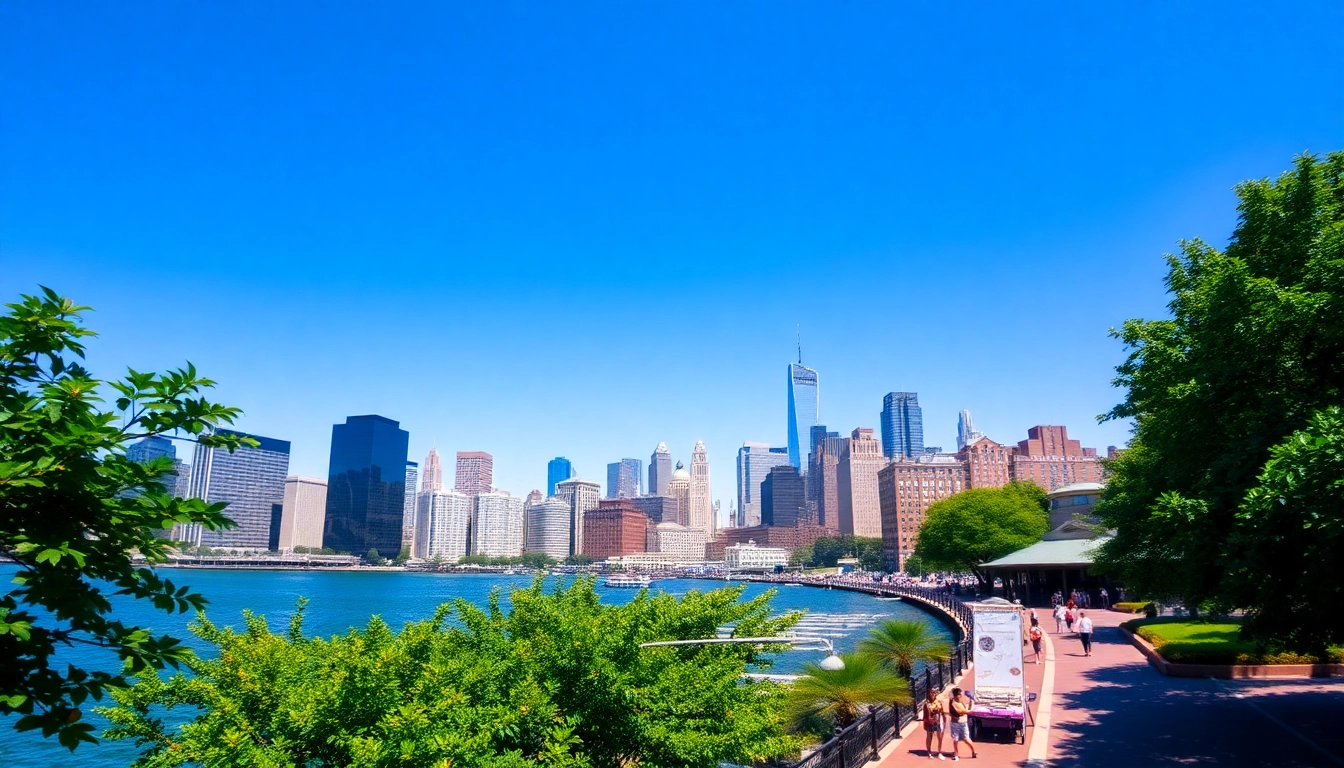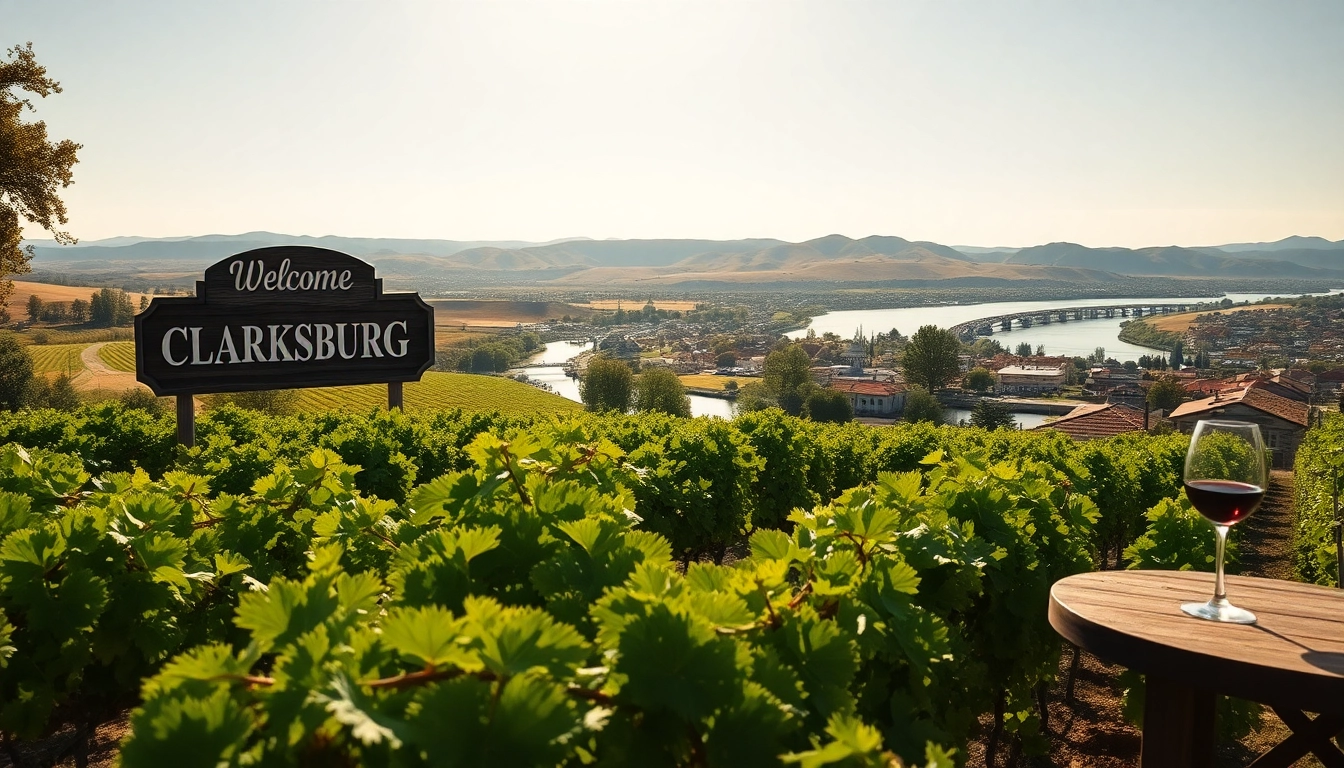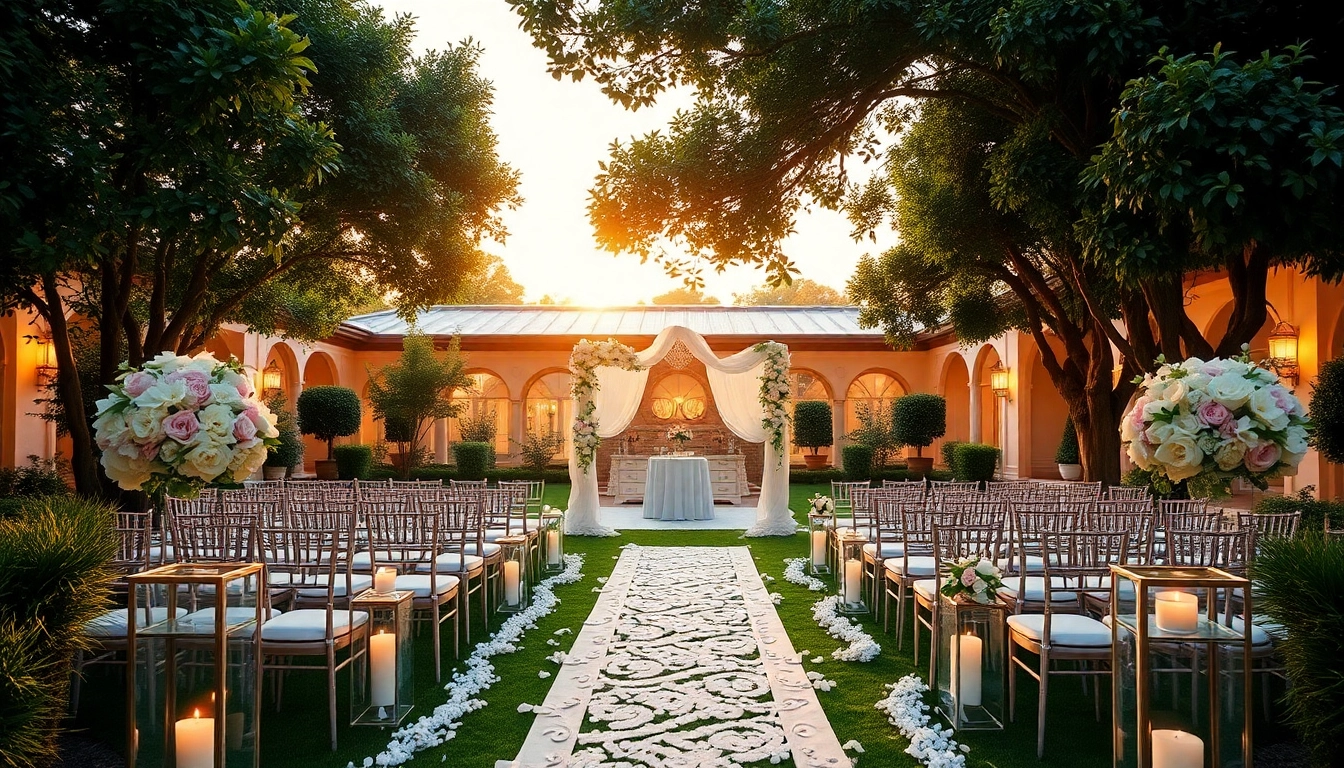1. Introduction to Jersey City NJ
Nestled in northeastern New Jersey, Jersey City is a vibrant urban area that plays a critical role in the cultural and economic landscape of the state. With its rich history, diverse population, and strategic location adjacent to New York City, Jersey City is an intriguing blend of modernity and tradition. As the second-most populous city in New Jersey, it boasts a variety of neighborhoods, each with its own unique character and charm. Visit Jersey City NJ to explore more about the city’s exciting offerings.
1.1 Overview and Historical Significance
The history of Jersey City is as layered as its neighborhoods. Originally inhabited by the Lenape Native Americans, the area was first settled by Europeans in the 1600s. It quickly became a hub for trade and immigration, particularly due to its proximity to Ellis Island, which welcomed millions of immigrants to America. Today, this historical backdrop is preserved in its architecture and cultural institutions, providing visitors and residents alike with numerous stories of the past.
Jersey City’s historical significance is underscored by landmarks like the Liberty Science Center and Liberty State Park, where visitors can learn about the city’s role as an immigration gateway. The city’s waterfront also offers picturesque views of the Manhattan skyline, making it a popular spot for both tourists and locals.
1.2 The Unique Neighborhoods of Jersey City NJ
Jersey City comprises multiple distinct neighborhoods, each contributing to its eclectic atmosphere. Areas like Downtown feature a bustling business scene with modern skyscrapers, while the Historic Bergen-Lafayette district is filled with charming brownstones and cultural institutions. The waterfront area, known as Newport, offers upscale shopping and dining experiences alongside scenic views of the Hudson River. Whether you’re in the artsy neighborhood of Journal Square or the family-friendly area of Hamilton Park, Jersey City’s diverse neighborhoods cater to various lifestyles and preferences.
1.3 Jersey City’s Cultural Diversity and Community Life
The cultural diversity of Jersey City is one of its most defining characteristics. The city is home to various ethnic communities, each contributing to the rich tapestry of local life. From the culinary delights of Indian restaurants to the lively Latin dance halls, residents enjoy a myriad of cultural experiences. Events like the Jersey City Art & Studio Tour highlight local artists and provide a platform for community engagement.
Community life in Jersey City is bolstered by active neighborhood associations and numerous festivals that celebrate the city’s heritage. The annual Jersey City Heights Arts and Music Festival is a prime example, showcasing local talent and fostering community spirit.
2. Attractions and Landmarks in Jersey City NJ
2.1 Must-See Parks and Outdoor Spaces
Jersey City boasts an impressive array of parks and outdoor spaces, providing citizens and visitors with opportunities for leisure and recreation. Liberty State Park, in particular, stands out, offering panoramic views of New York Harbor, the Statue of Liberty, and Ellis Island. The park features landscaped gardens, walking paths, and picnic areas, making it an ideal getaway from the urban hustle.
Additionally, Hamilton Park is a community hub, featuring playgrounds, sports facilities, and a vibrant calendar of local events. The Waterfront Walkway, offering a scenic stroll along the Hudson River, is another must-visit, providing stunning views, especially during sunset.
2.2 Iconic Buildings and Artistic Hotspots
The architectural landscape of Jersey City is diverse, with iconic buildings that reflect its historical and contemporary significance. The Colgate Clock, once part of a manufacturing facility, stands as a symbol of the city’s industrial past. On the other hand, the Goldman Sachs Tower, a modern skyscraper, embodies the city’s growing financial district.
Jersey City is also a burgeoning center for the arts. The Mana Contemporary is a remarkable space that houses studios and exhibitions from both established and emerging artists. The Jersey City Theater Center is another artistic hotspot, offering various performances and community programs throughout the year.
2.3 Historical Sites and Monuments
The city is rich in historical sites, with numerous monuments and markers that tell the story of its past. The Central Railroad of New Jersey Terminal (CRRNJ), a former ferry terminal, is foundational in the history of transportation in the area and offers museum tours showcasing its historical role.
Additionally, the Murray Ellis Mansion, a historic brownstone, serves as a museum, providing insights into Jersey City’s history and architecture. Visitors can explore these sites to appreciate the city’s heritage fully.
3. Lifestyle and Living in Jersey City NJ
3.1 Cost of Living and Housing Market Overview
The cost of living in Jersey City varies across neighborhoods, with affordability being a crucial consideration for many potential residents. Generally, housing prices are on the rise due to the city’s proximity to New York City and its growing reputation as a desirable place to live. Residential options range from luxury high-rises to historic brownstones, catering to diverse incomes and lifestyles.
According to recent data, the average rent for a one-bedroom apartment in Jersey City is around $3,000, which is significantly lower than in Manhattan. However, prices can escalate quickly in the waterfront areas and more affluent neighborhoods. Buyers can expect to find a median home price around $600,000, making thorough market research essential for prospective homeowners.
3.2 Education and Community Resources
Education is one of the cornerstones of community life in Jersey City. The Jersey City Public Schools system offers a variety of educational opportunities, serving a diverse student population. Various charter schools and private institutions further enrich the educational landscape.
The city is also home to institutions of higher learning, including Hudson County Community College and New Jersey City University, providing residents with pathways to further education. For families, numerous community resources, including libraries, recreational programs, and youth organizations, support learning and development at all ages.
3.3 Dining and Entertainment Options
Culinary exploration is a delightful affair in Jersey City, where you can sample global cuisines from local restaurants and cafes. Try local favorites, such as Italian eateries in the Heights or Indian restaurants in Journal Square. The city’s burgeoning food scene has led to several acclaimed establishments, including the contemporary offerings on Grove Street.
Entertainment options are equally diverse, from live music venues to theaters showcasing regional talent. The White Eagle Hall is known for hosting various performances, while the local nightlife, particularly in areas like Downtown, has something for everyone, including bars, lounges, and dance clubs.
4. Transportation and Accessibility in Jersey City NJ
4.1 Public Transport Options
Jersey City is well-connected to neighboring areas, especially New York City, via an extensive public transportation network. The PATH train is a popular choice among commuters, offering quick access to Manhattan. Several NJ Transit and private bus lines service the city, making it easy to navigate both locally and regionally.
Additionally, the recently renovated Jersey City Light Rail system enhances connectivity within the city, promoting efficient transportation, particularly in densely populated areas.
4.2 Proximity to New York City
One of Jersey City’s significant advantages is its proximity to New York City, often considered its sixth borough. A mere ten minutes by train to Lower Manhattan, many residents find the commute convenient for employment, entertainment, and cultural exploration. This ease of access is a factor that continues to attract newcomers, particularly young professionals and families.
4.3 Bicycling and Pedestrian-Friendly Areas
Jersey City is increasingly becoming a bicycle-friendly city, with several designated bike lanes and paths promoting cycling as a sustainable mode of transport. The city also hosts bike-sharing programs, making it easy for residents and visitors to explore at their own pace. Furthermore, pedestrian-friendly areas, especially around the waterfront, encourage walking as a viable way to discover the urban environment.
5. Tips for Visiting Jersey City NJ
5.1 Best Times to Visit and Local Events
The best times to visit Jersey City are during the spring and fall when the weather is mild, and numerous events take place. The annual Jersey City Jazz Festival, held in various parks, showcases local musicians and draws large crowds. Additionally, the summer months are vibrant with outdoor concerts and cultural festivals, making it a lively time to experience local culture.
5.2 Navigating the City: Local Insights
Navigating Jersey City can be enjoyable with a little local knowledge. Exploring on foot or by bicycle along the waterfront is recommended for a unique perspective of the skyline. For those venturing into different neighborhoods, utilizing public transport can save time and provides a glimpse into daily life. Engaging with local residents and businesses can also enrich your experience, offering insights into hidden gems.
5.3 Safety and Local Etiquette
Safety in Jersey City, like any urban environment, is an aspect to consider. While the city is generally safe, staying aware of your surroundings, particularly at night and in less populated areas, is advisable. Understanding and respecting local culture and etiquette, such as being courteous on public transport and supporting local businesses, fosters positive interactions and enhances your visit.















Leave a Reply